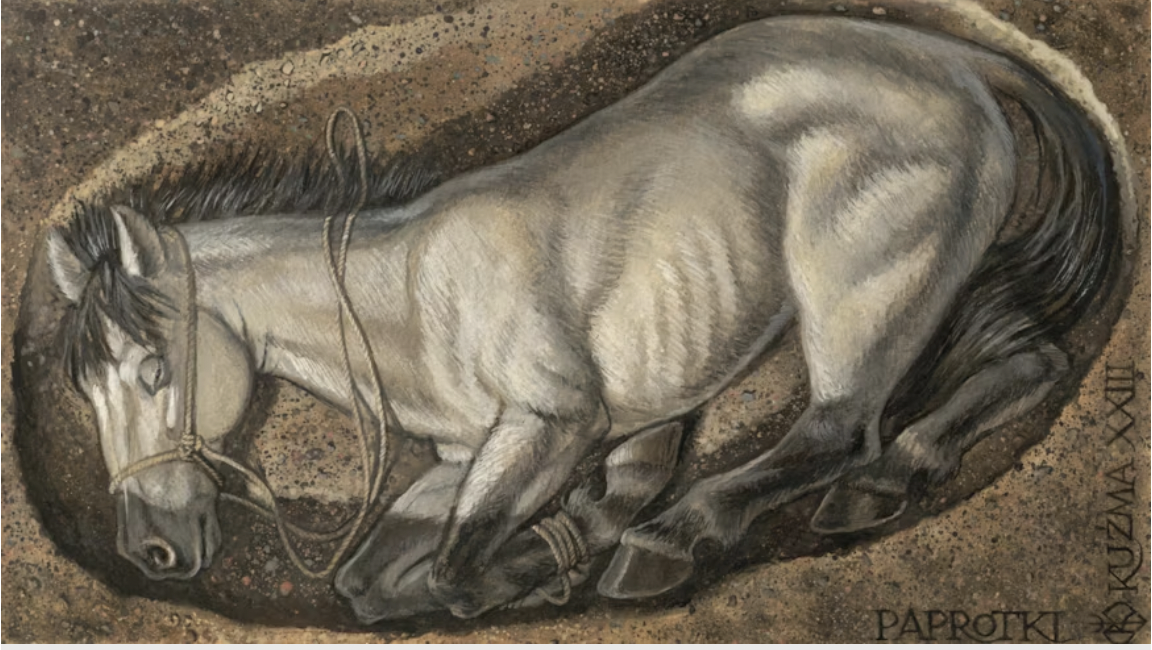 CARDIFF, WALES—A new study of horse remains recovered from archaeological sites near the Baltic Sea, in what are now Poland, Lithuania, and the Russian province of Kaliningrad, reveals that the Balts sacrificed both mares and stallions, some of which had traveled across the Baltic Sea, according to a Live Science report. About 66 percent of the horses in the study were male and about 34 percent were female. All of them lived between the eleventh and thirteenth centuries, based upon carbon dating of the bones. Zooarchaeologist Katherine French, formerly of Cardiff University and now at Washington State University, said that it had been previously thought that only stallions were chosen for ritual sacrifice at the funerals of elite male warriors. Strontium isotope analysis of the sacrificed horses’ tooth enamel showed that three of them had not been born locally, but likely came from east-central Sweden or southern Finland. The horses may have belonged to Baltic traders, or Scandinavians who were buried in the Baltic style, and would have crossed the Baltic Sea on ships. Read the original scholarly article about this research in Science Advances. To read about the impact of horses on human culture, go to "The Story of the Horse."
CARDIFF, WALES—A new study of horse remains recovered from archaeological sites near the Baltic Sea, in what are now Poland, Lithuania, and the Russian province of Kaliningrad, reveals that the Balts sacrificed both mares and stallions, some of which had traveled across the Baltic Sea, according to a Live Science report. About 66 percent of the horses in the study were male and about 34 percent were female. All of them lived between the eleventh and thirteenth centuries, based upon carbon dating of the bones. Zooarchaeologist Katherine French, formerly of Cardiff University and now at Washington State University, said that it had been previously thought that only stallions were chosen for ritual sacrifice at the funerals of elite male warriors. Strontium isotope analysis of the sacrificed horses’ tooth enamel showed that three of them had not been born locally, but likely came from east-central Sweden or southern Finland. The horses may have belonged to Baltic traders, or Scandinavians who were buried in the Baltic style, and would have crossed the Baltic Sea on ships. Read the original scholarly article about this research in Science Advances. To read about the impact of horses on human culture, go to "The Story of the Horse."
Study Analyzes Medieval Sacrificed Horses of the Eastern Baltic
